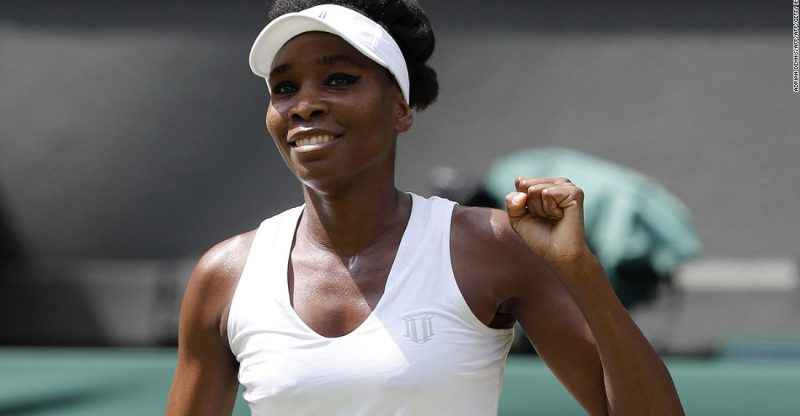
Professional athletes always make for interesting studies where health and injury is concerned. They tend to have access to the best doctors and most advanced treatments on the planet, and it certainly doesn’t hurt that they’re quite literally paid to stay fit. Because of these things they can sometimes recover from serious injuries in ways that seem absolutely remarkable. At the same time however, the devastating effects some injuries can have are perhaps made even clearer when they afflict these same athletes. In particular, chronic pain and injury can really derail an athlete’s career, emphasizing that sometimes even world-class treatment can only go so far. Athletes that undergo pain and suffering will need to seek legal advice in order to get justice for their injuries sometimes, they may need to hire an attorney for injuries to help them because the consequences to their injuries can be extreme so they will need a decent remedy.
These are a few athletes who have dealt with situations like these, and either managed to push through them with time and effort or in some cases seen their careers cut short.
- Tiger WoodsAs of August 2018, you’d never know Tiger Woods had been dealing with serious injury concerns for years. As CBS Sports put it, he won everything but the trophy at the recent PGA Championship, finishing with his best ever score in a losing effort. Woods is “back” so to speak, and most who follow golf now trust that he’ll win at least one more Major. For a long time though, Woods was held back from his best form from various injuries, and most notably chronic lower back pain that led him to multiple procedures and, as he himself has said, probably a few too many drugs. Woods persevered however and, as mentioned, is now back near the top of the golf world.
- Kerri StrugKerri Strug’s story is more about a single incident than a career’s worth of pain, though she did struggle from chronic ankle injuries. Despite this, Strug made the U.S. Olympic gymnastics team, and won gold for the same team during the 1996 Summer Olympics. She did so despite feeling obvious pain, sticking a landing on her feet to clinch a victory over the Russians before more or less collapsing. It’s one of the better examples of a single moment demonstrating the will and pain of overcoming an injury.
- Derek DorsettDerek Dorsett was a hockey player for the Vancouver Canucks, and a particularly tough one. A somewhat strange article at a Canadian gaming site wrote about players you wouldn’t want to run into during a night out and mentioned Dorsett at the top of the list of Canucks enforcers. Despite this reputation for toughness though, Dorsett was ultimately forced out of the NHL by a chronic neck injury. Specifically, despite playing through the pain for a while, Dorsett was advised by a doctor to stop playing because of cervical disc herniation. He’s simultaneously an example of pushing through the pain and of how sometimes these injuries simply can’t be overcome.
- Venus WilliamsCalling Venus Williams’s health issues an injury is perhaps somewhat inaccurate, but chronic health problems for athletes don’t have to be explicit physical wounds to have an impact. In the case of Williams, it’s been Sjogren’s Syndrome, which is a debilitating autoimmune condition that by all rights should have ended her career. Through sheer force of will and adjustments to her diet and lifestyle however, Williams has been able to largely overcome this condition, and remains a very competitive professional tennis player even at age 38 (which is quite old in this particular sport!).
- Greg OdenGreg Oden’s chronic leg injuries have been cited as the worst example of similar injuries that actually afflict tall basketball players fairly often. The one-time phenom simply couldn’t get off the ground as an NBA player after his lone season playing college ball for Ohio State. However, even after his NBA career, Oden remains active, and recently competed in The Basketball Tournament, a famous event that’s become something of a haven for ex-pros and ex-college stars. Oden’s example shows that even if a chronic injury ends a career, it doesn’t have to render an athlete inactive.
